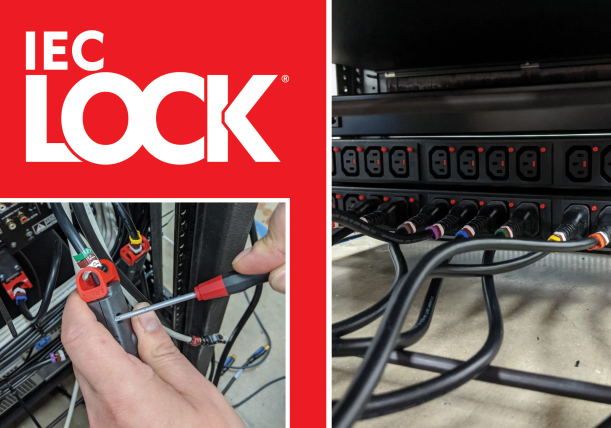Mark Lant, technical expert at Arc Flash PPE manufacturers ProGARM, outlines the measures your customers should take when it comes to Arc Flash PPE.
It sounds simple, but there’s a surprising lack of knowledge amongst industrial electrical workers when it comes to Arc Flash. Most workers in the electrical industry are familiar with an Arc – an electric luminous bridge formed in a gap between two electrodes – but its severity and danger is often overlooked. In short, an Arc Flash occurs during a fault, or short circuit condition, which passes through an arc gap.
This can occur for several reasons – from being initiated through accidental contact or equipment that is underrated for the available short circuit current, to contamination or deterioration and corrosion of equipment.
An Arc Flash can result in devastating and even fatal injuries if the appropriate protection is not worn. With temperatures of up to 35,000ºF, more than four times hotter than the surface of the sun, an Arc Flash has the potential to burn an operative’s skin within fractions of a second, as well as cause permanent blindness or hearing loss, and can throw workers several feet across the room.
Ensure correct protection
While many could be forgiven for thinking that flame retardant (FR) PPE can also provide protection in an Arc Flash incident, this is not the case. There are separate safety standards for Arc Flash clothing, which go further than those for fire resistance, meaning that the level of protection provided by FR clothing does not necessarily match that of Arc resistant PPE.
Arc Flash protective clothing is designed to not only protect operatives from fire, but from the thermal energy generated by an Arc Flash, which can also cause external and internal burns. In fact, fabric used in Arc resistant garments must meet higher tear resistance and tensile strength than those used for fire-resistant clothing.

Legislation
In an alarming study conducted by ProGARM, 78% of industry workers admitted that they were unfamiliar with the relevant Arc Flash legislation. In fact, every industry has specific regulations surrounding PPE that must be adhered to.
Most recently, a new version of IEC 61482-1-1 was published, changing the way Arc Flash garments are tested – garments will now be given an ELIM rating as well as an ATPV rating, which gives a protection level at which there is a 0% probability of second-degree burns.
However, the changes in testing means that a product could have a lower ELIM rating compared with ATPV ratings, despite it being the same garment. This means that, to achieve a certain ELIM cal rating, wearers may be required to wear Arc Flash base layers underneath their outer PPE, to increase the layers of Arc Flash protection, or wear a heavier garment to provide the ELIM value if required.
Check the material
The two phrases regularly used when shopping for appropriate PPE clothing are ‘treated fabric’ and ‘inherent fabric’. Treated fabric is made from fibres which are not flame retardant by nature but have undergone a chemical process to add a fire resistance quality to them. The protection given by a treated fabric relies on that treatment not being degraded or worn off in any way during its lifetime. However, washing or long-term use can reduce the protection these safety garments offer, which is why this type of clothing is generally cheaper.
Inherent fabric, on the other hand, refers to material which has fire retardant properties as part of its natural make-up. In other words, they needn’t undergo a chemical process to become flame-retardant, as the polymers which make up the clothing are inherently so. Inherent fabric does not lose any of its protective qualities after long periods of wear or washing but does tend to be more expensive due to its durability.
Look at the fastenings
To achieve the most comprehensive protection, it’s important to look at each component of the Arc Flash clothing, as it’s not just the fabric that needs to be Arc Flash resistant. Garments should have every stitch, button, popper, zip, velcro and press-stud as flame resistant to provide enhanced and effective Arc Flash protection, as well as durability.
In fact, ProGARM’s ThermSAFE fastenings are made from military-grade materials, also used by NASA, meaning you can be confident that, should the worst happen, they will provide protection.

For more information, click here.





